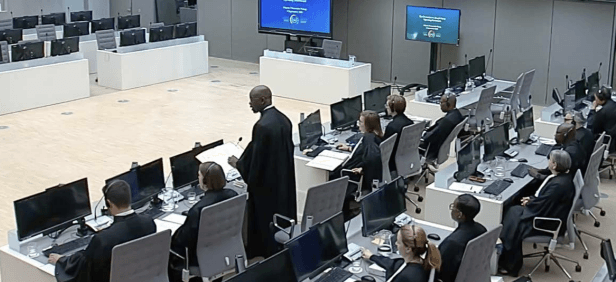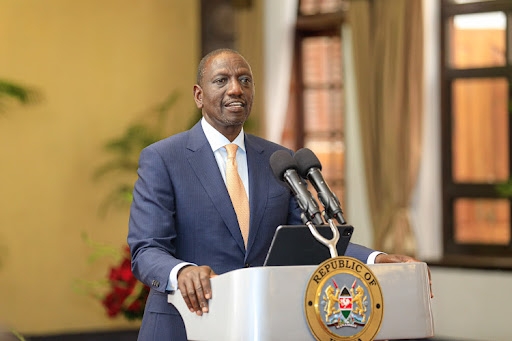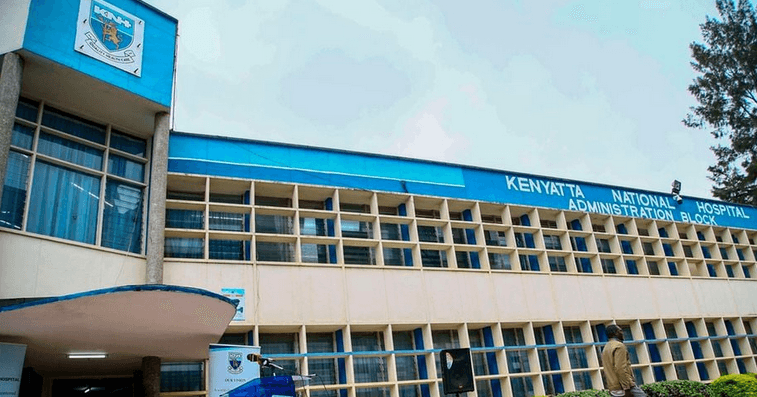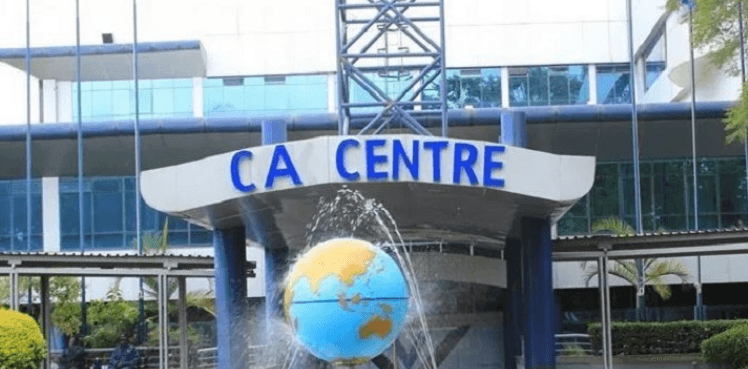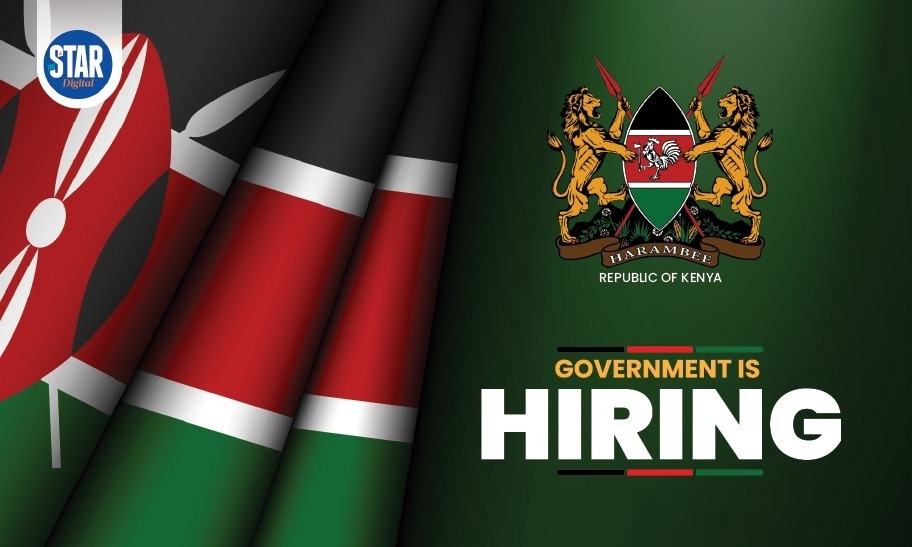The ambitious phase-out of dangerous substances responsible for the depletion of the ozone layer have started paying off after a new report showed that its recovery is on track.
The ozone layer is the natural shield against the sun’s harmful ultraviolet rays, which can cause severe health risks such as skin cancers.
When the ozone layer is destroyed, the ultraviolet rays from the sun to the earth’s surface are increased.
So dangerous are the radiations that they damage the immune system, and increase exposure to skin cancer and eye cataracts.
Long-term exposure to high levels of UVB radiation can severely ruin most animals, plants and microbes.
On Monday, scientists announced that the earth’s ozone layer recovery is on track due to success of Montreal Protocol.
The Montreal Protocol is a global agreement that gives all parties specific responsibilities related to the phase-out of different groups of substances and control of substance trade.
The protocol also calls for an annual reporting of data and national licensing systems to control substance imports and exports.
The landmark agreement came into effect in 1989 and is one of the most successful global environmental deals.
Kenya signed the Montreal Protocol in February 1988 and has ratified it.
On October 15, 2016, the Montreal Protocol was amended when delegates from all over the world convened in Kigali from October 10-15 for the 28th meeting of parties.
The Kigali Amendment seeks to phase-down the hydrofluorocarbons, responsible for global warming.
The national coordinator of the Ozone Unit with Environment ministry Marindany Kirui on Tuesday told the Star that the phase out of ozone depleting substances has helped the ozone to heal.
“Most countries have gone ahead and phased out the ozone depleting substances, a move that has seen the ozone recover,” Kirui said during a phone interview.
Kirui challenged countries that are yet to ratify the Kigali Amendment to do so.
“We as a country are at the tail end of the process. The Cabinet has approved the memorandum on ratification. We are waiting for parliamentarians to endorse before we deposit our instruments,” he said.
As part of contributing to the recovery process of the layer, Kenya has phased-out chlorofluorocarbons that were previously used in industries such as in halon fire extinguisher and methyl bromide in the post-harvest grain sector.
In October last year, Unep’s head of ozone action James Curlin said a lot of strides had been made in phasing out chlorofluorocarbons.
“We are in the process of eliminating hydrofluorocarbons that are less damaging to the ozone layer but had some ozone depletion. They are on the way out,” Curlin said. "The developed countries were out of them by 2020s and developing countries have until 2030 to eliminate them.”
The Unep official said hydrofluorocarbons are potent greenhouse gases that have global warming potentials ranging from hundreds to thousands of times that of carbon dioxide.
He said strides have been made with regard to ozone-depleting chemicals called chlorofluorocarbons but there is a need to tackle others such as hydrofluorocarbons.
Curlin said the hydrofluorocarbons introduced through Kigali Amendment are those to be phased-down but not completely eliminated.
“They will go down to a certain level and at that level, countries will be able to use. The phase-down will take place between now and 2045,” he said.
Curlin said even though hydrofluorocarbons are responsible for the depletion of the ozone layer to some extent, it also contributes to global warming.
The chlorofluorocarbons, which had been blamed for the destruction of the ozone layer, have been tamed.
In a report published every four years on the progress of the Montreal Protocol, the panel confirmed the phase-out of nearly 99 per cent of banned ozone-depleting substances.
The Montreal Protocol seeks to regulate the consumption and production of nearly 100 man-made chemicals, or ‘ozone-depleting substances’ (ODS).
The overall phase-down has led to the notable recovery of the protective ozone layer in the upper stratosphere and decreased human exposure to harmful ultraviolet rays from the sun.
“The impact the Montreal Protocol has had on climate change mitigation cannot be overstressed,” Meg Seki, executive secretary of Unep Ozone Secretariat, said.
“Over the last 35 years, the [Montreal] Protocol has become a true champion for the environment. The assessments and reviews undertaken by the Scientific Assessment Panel remain a vital component of the work of the Protocol that helps inform policy and decision-makers.”
The discovery of a hole in the ozone layer was first announced by three scientists from the British Antarctic Survey, in May 1985.
According to the panel’s report, if current policies remain in place, the layer is expected to recover to 1980 values by 2040.
Over the Antarctic, this recovery is expected by around 2066 and by 2045 over the Arctic.
Variations in the size of the Antarctic ozone hole, particularly between 2019 and 2021, were driven largely by meteorological conditions.
Nevertheless, the Antarctic ozone breach has been slowly improving in area and depth, since the year 2000.
The Montreal Protocol has already benefitted efforts to mitigate climate change, helping avoid global warming by an estimated 0.5 degrees Celcius.
The new report reaffirms the positive impact that the treaty has had on the climate.
The panel said that it’s estimated the amendment will avoid another 0.3–0.5 degrees Celcius of warming by 2100.
(edited by Amol Awuor)


